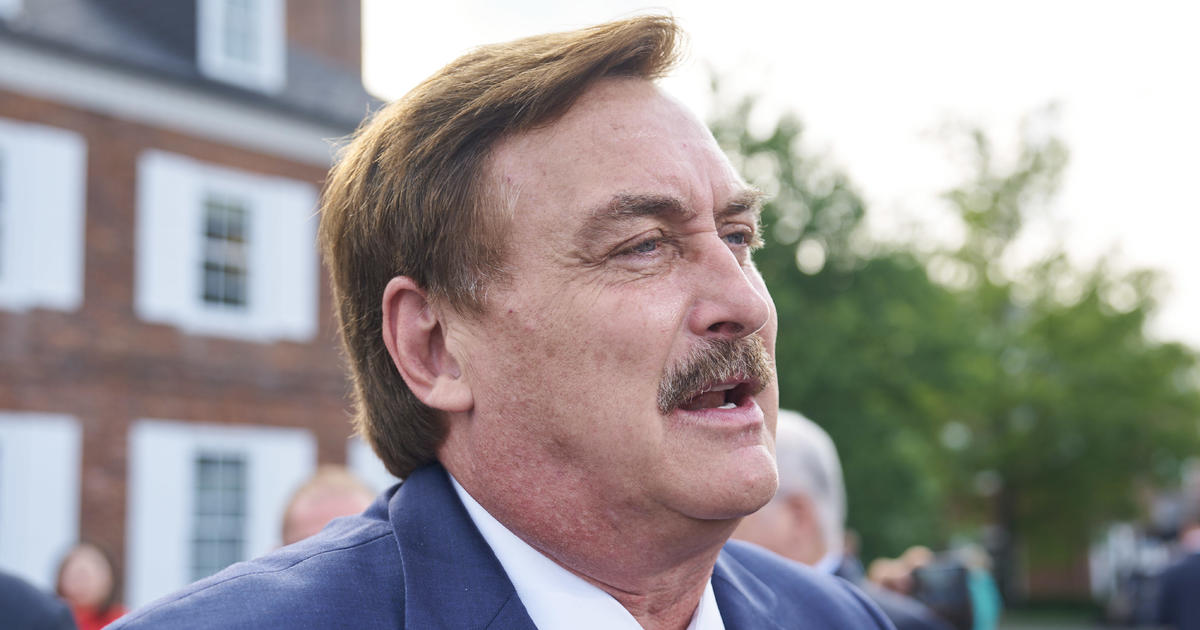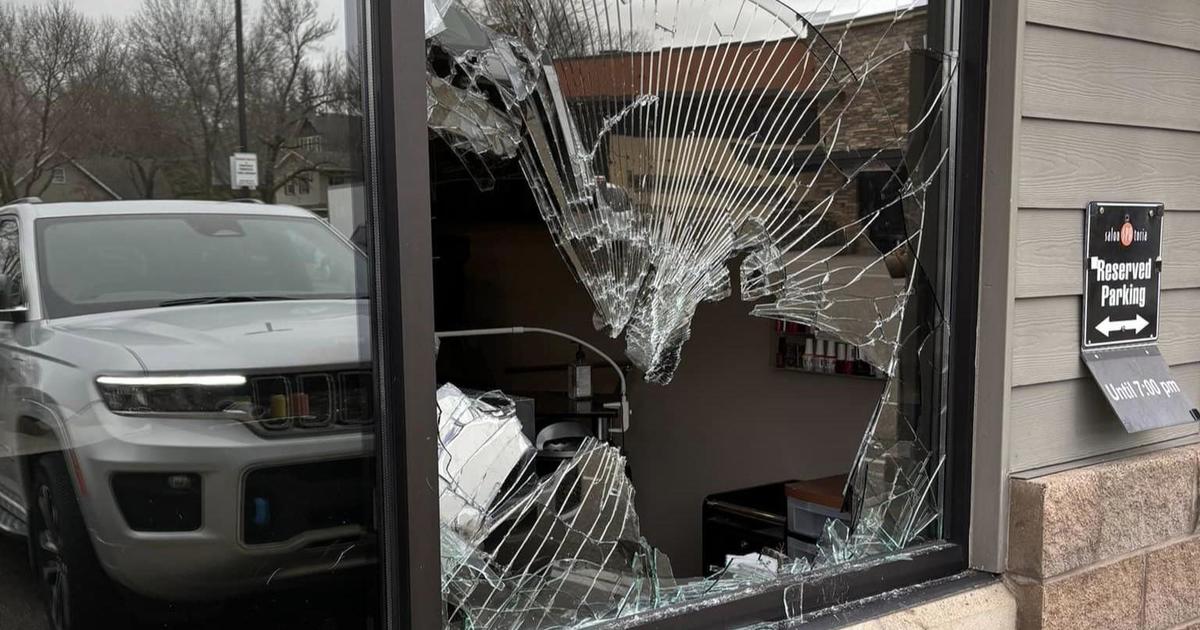South Dakota Sees Quick Vaccine Delivery, But Health Experts Worry Rural Residents Could Be Left Behind
PIERRE, S.D. (AP) — South Dakota is looking to build on one of the nation's fastest COVID-19 vaccinations rollouts so far by making vaccines available to a much larger group of people, though some health care providers are cautioning that vulnerable people in rural areas could be left behind in the rush.
South Dakota has vaccinated 6.5% of the population, one of the highest rates in the country, and distributed over 60% of the vaccine doses it has received from the federal government.
Secretary of Health Kim Malsam-Rysdon announced that the state will begin vaccinating people age 80 and over, as well as people with high-risk medical conditions, on Monday. It is almost done vaccinating medical workers and residents of long-term care facilities, which have been hard-hit by the virus.
While other states have seen clunky roll-outs and jammed lines for vaccine appointments, the distribution program in South Dakota has been relatively smooth. That's thanks to a partnership between the Department of Health and the major hospital systems, which have handled the distribution and administration of shots.
The Department of Health and hospital systems have been preparing for months for the arrival of vaccines. They pored over a map of the state and divided it between the hospital systems, marking each county for which hospital system would handle vaccine distribution, said Dr. Jeremy Caulwels, the chief physician at Sanford Health.
Caulwels described the move to vaccinate patients who live in the community as one of the most exciting developments in the battle against the coronavirus.
"Hopefully this represents the beginning of the end," he said.
Sanford has purchased ultra-cold freezers and set them up at strategic locations across the region so that vaccines can be stored and rapidly deployed where they are needed. At one site in Sioux Falls, freezers keep vaccines ready for use at a distribution site across the street that can administer up to 2,000 shots in a day, Caulwels said.
He acknowledged that the next phase of administering vaccines could be a challenge, as roughly 300,000 become eligible for shots. He said they are tackling that by breaking the group into "bite-size" pieces and utilizing an electronics records system and hospital network that is designed to follow patients as they receive medical care across the mostly rural state.
But as vaccines become available to communities across the state, some health care providers in rural areas are worried their patients will be left behind by the reliance on large hospital systems, according to Lori Dumke, the director of clinical and quality services at Community HealthCare Association of the Dakotas, which represents medical clinics in rural areas.
"What if you have 75 miles to drive to your closest Sanford or Avera clinic?" Dumke said.
She said that the physicians who tend to the people in rural communities are used to overcoming barriers like a lack of access to the internet or concerns over the safety of vaccines, but so far, they have been mostly kept out of the vaccination plans.
Dumke compared the plan in South Dakota to North Dakota, where shots have also been given at one of the highest rates in the nation. In that state, local health care providers and county health departments are providing vaccines that are distributed based on population.
"We need to focus on getting as many high-risk patients as possible distributed to stop COVID," she said. "To have equal distribution across the state is imperative for that to happen."
Health officials reported four deaths Saturday which brought South Dakota's COVID-19 deaths to 145 in January and 1,633 overall. The four deaths two people over age 80, one was in his 70s and one in his 60s. There were two deaths reported in Minnehaha County with one in Hutchinson and Lincoln counties.
The daily report from the Department of Health included 341 positive tests, raising the total to 105,278 with 4,837 of the cases still considered active. That's up 105 cases from Friday.
(© Copyright 2021 The Associated Press. All Rights Reserved. This material may not be published, broadcast, rewritten or redistributed.)



